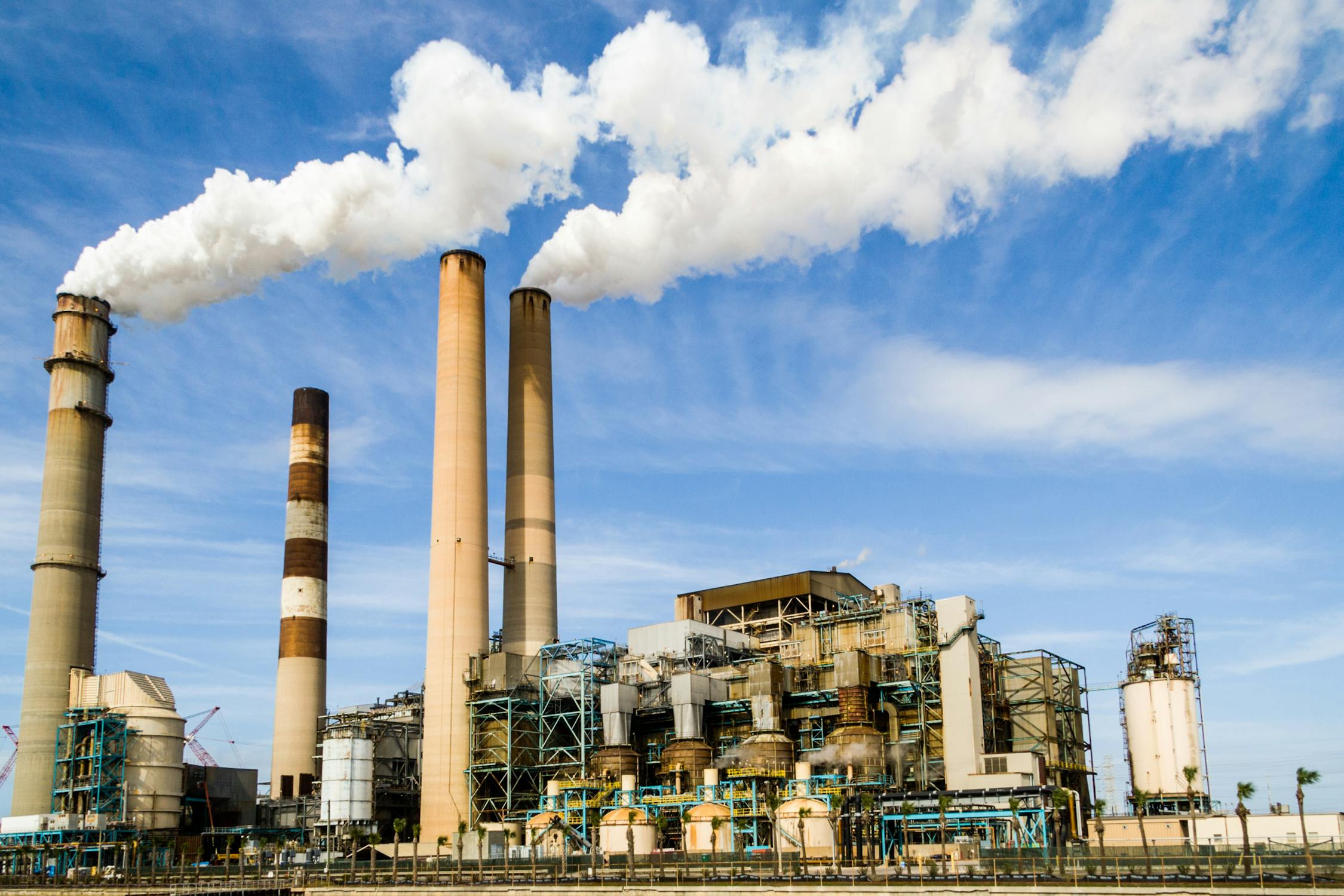
Pollution due to Urbanization
In the developing world, rapid industrialization and population growth are leading to increased levels of air, water, and soil pollution. As a result, people living in urban areas are exposed to a higher level of environmental stressors, which can lead to serious health problems. Pollution is also causing massive damage to the environment, including deforestation, loss of wetlands, and reduction in biodiversity. The only way to tackle this growing problem is through sustainable development practices and by educating people about the dangers of pollution.
As the world’s population becomes increasingly urbanized, pollution caused by human activities is also on the rise. The most direct effects of this pollution are visible in the form of smog and haze that often blankets major cities. However, there are other, less visible impacts as well. Studies have linked increased rates of respiratory problems, heart disease, and cancer to air pollution. In addition, water pollution from runoff can contaminate lakes and rivers, making them unsafe for swimming or fishing.
How does polluted air impact your health?
Air pollution can harm your lungs, throat, nose, and eyes. The most severe effects are a buildup of tiny particles in the lungs. These particles are small enough to reach your bloodstream, and the bloodstream can carry those particles to your organs, such as the liver and kidneys. Other effects of air pollution can be found in your skin. Exposure to ozone, for example, has been linked to discoloration of skin pigmentation, as well as photodamaged skin, severe rashes, and eye irritations. People with pre-existing conditions are more likely to suffer ill effects from air pollution.
What are the sources of air pollution?
Pollution is carried to your neighborhood and the air you breathe by vehicles, factories, power plants, and other facilities. Some countries have mandated that large sources of air pollution reduce or reduce their emissions, and some have required companies to comply with reduced emissions standards.
Are there any benefits from cleaning up the air?
Air pollution has serious effects on the health of people in cities. Air quality is a major concern, and these problems can be solved by reducing air pollution and the overall amount of it. However, there is more than one way to approach this issue.
Many people choose to buy a hybrid car to reduce air pollution. Hydrogen-powered cars, on the other hand, can greatly reduce air pollution and increase the number of zero-emission vehicles. Other choices include converting buses to run on compressed natural gas (CNG), converting the construction industry to improve the energy efficiency of concrete, developing cleaner heating and cooling solutions for buildings, developing low-flow toilets, creating smarter distribution systems that use less energy, and developing low-waste recycling programs for consumer products. This list is just a sampling of possible solutions to air pollution.
Pollution can be reduced and the effects of air pollution reduced by promoting solutions to reduce pollution and clean up the air. Read on to learn more about air pollution solutions.
Air pollution sources
Air pollution can be caused by a wide range of factors, but the three most common types are vehicle emissions, factory emissions, and sources that burn fossil fuels.
Vehicle emissions: Most vehicles are not designed for efficient use of fuel. In some cases, their engines make more power than is needed, and as a result, they need more fuel. This problem is especially common in the United States, where the National Highway Traffic Safety Administration reports that emissions of carbon monoxide, lead, and other air pollutants by cars and trucks have increased in the last ten years. This increase has been attributed to a combination of factors, including increased miles driven per year, higher speeds and weights of vehicles, and manufacturing innovations that have added more fuel efficient features.
Factory emissions: Production facilities have equipment, such as conveyor belts, that can carry away pollutants. In the United States, the Environmental Protection Agency estimates that nearly 40 percent of industrial emissions come from the electrical power sector, primarily from coal-fired power plants. However, industry also produces significant amounts of pollutants from exhaust pipes. Many companies have implemented technology to reduce their emissions, but their effectiveness is often limited by the efficiency of the equipment.